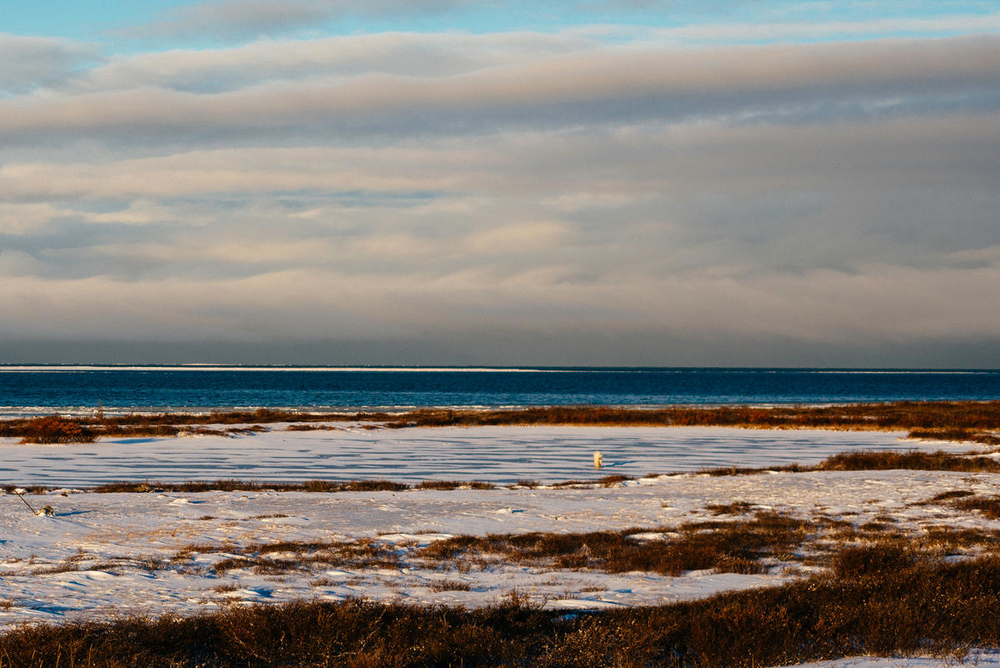COVID can’t stop Inuit citizen science in Coral Harbour, NU

Data is an important part of conservation decision-making but it’s not always easy to gather, especially in the Arctic. That’s why Leonard Netser — a resident of Coral Harbour, a thousand-person town on the north end of Hudson Bay in Nunavut — initiated the community-run Nunavummiut Polar Bear Surveys on Southampton Island.
“We have always been amazed about how awesome polar bears are with their predatory skills and survival instincts. We know many things about polar bears. What we never knew for sure was the question of the bear population,” said Netser, adding his project will “track the impacts of a changing climate on our island.”
With a grant from WWF-Canada’s Arctic Species Conservation Fund, additional support from the federal government, and coordination of the Bearwatch team from Queen’s University, Netser put together a team of local citizen scientists to realize his idea of an Inuit-led project surveying denning sites.
“One fine day, I found with my son Troy six active bear dens within a five-kilometre stretch of a canyon cut deep by the rivers of time. Each sow had twins. That made 18 bears within a very small area of the island. I just had to wonder how many maternity dens there were on the island year after year,” he said.
Although coronavirus shut down travel to and around Nunavut, Netser’s ground-based survey was conducted by locals so they could continue. They’ve been mapping the dens and, after the bears left for the season, collecting hair and scat for scientific analysis to “assess biotic responses to climate change and other anthropogenic environmental impacts.”
We now await the finding of this collaborative project made possible through citizen science.
This post originally ran in Fieldnotes, WWF-Canada’s email newsletter about our evidence-based work finding solutions in the face of an unprecedented crisis in climate change and wildlife loss. Click here to subscribe to future issues.

